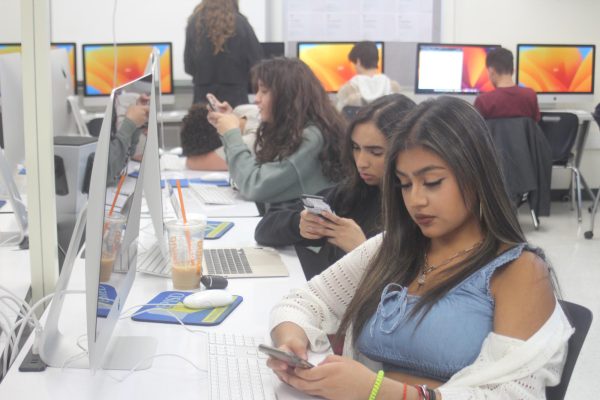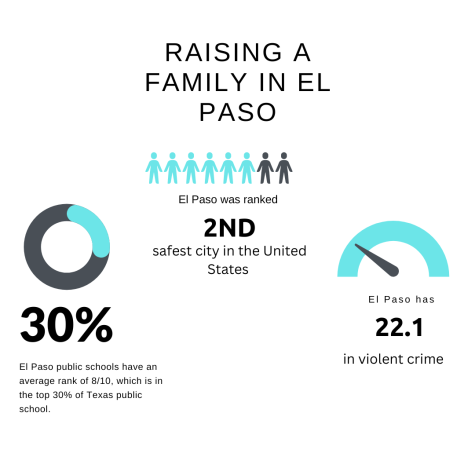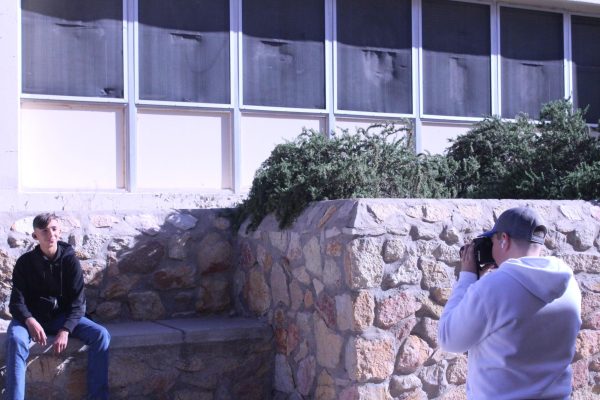The widening gap between the rich and the poor
Photo courtesy / Wikimedia Commons
The disparity of the rich and the poor has widened during the pandemic, especially for women.
The COVID-19 crisis has revealed the severity of the economic inequalities currently plaguing the world. With certain groups hit harder during the recession, it clear that the wealthy continue to benefit from the demanding work and struggles of frontline workers — struggling grocery store cashiers, frustrated healthcare workers, and exhausted food service workers. The pandemic marks a pivotal point in our economic climate. It is important that everyone has access to financial support and the COVID-19 vaccine to prevent this inequality from growing. Through necessary and transformative policies, this crisis can be managed.
According to an Oxfam International’s annual inequality report, millionaires recovered quickly from the pandemic’s losses. In contrast, the poor could be struggling to recoup for years. The poorest groups that have been affected by the coronavirus pandemic include women and people of color. Women dominate service sectors, work such as waiting tables or checking out customers at malls. These jobs that require face-to-face contact faced severe losses during the pandemic. Numbers from the US Bureau of Labor Statistics show black and Latina women have grappled with far higher unemployment rates than white women. This has been a long-standing issue that has roots in oppression and prejudice against these groups, which the pandemic further exacerbated.
Meanwhile, billionaires have been coping and handling these obstacles well. Oxfam calculated that their wealth has grown by $3.9 trillion between mid-March and the end of December. The 10 richest men, including Jeff Bezos, Elon Musk, Bill Gates and Mark Zuckerberg, saw their net worth soar by $540 billion during those months. Money is funneled to this privileged elite who do not have to worry about their next meal or paying rent the way thousands of Americans do. Oxfam also found that the current spread of the virus could still impact the economic discrepancies negatively in every country in the world. Researchers have calculated that the sum of billionaires’ money could pay for a vaccine for every person on earth.
The difficulties brought up from the pandemic have given us plenty of examples of the issues still at hand today and how they manifest themselves in people’s everyday lives. Although the loss has been unequally distributed, Congress has the power to come to those people’s aid. President Joe Biden has proposed a $1.9 trillion (about $5,800 per person in the US) coronavirus and economic relief package. This plan includes money to speed up vaccinations, $1400 stimulus checks, money for childcare, expanding testing, reopening schools, and a $15 minimum wage. This plan could be effective in addressing all aspects of current crisis by distributing money to relieve the declining job numbers and the weight on many Americans’ shoulders. These next few months will be crucial in healing these deep and painful conditions of the economy and society.

Adriana Adame is a senior, and this is her first year in newspaper. Her favorite part of newspaper is writing about Coronado's current events. She spends...












